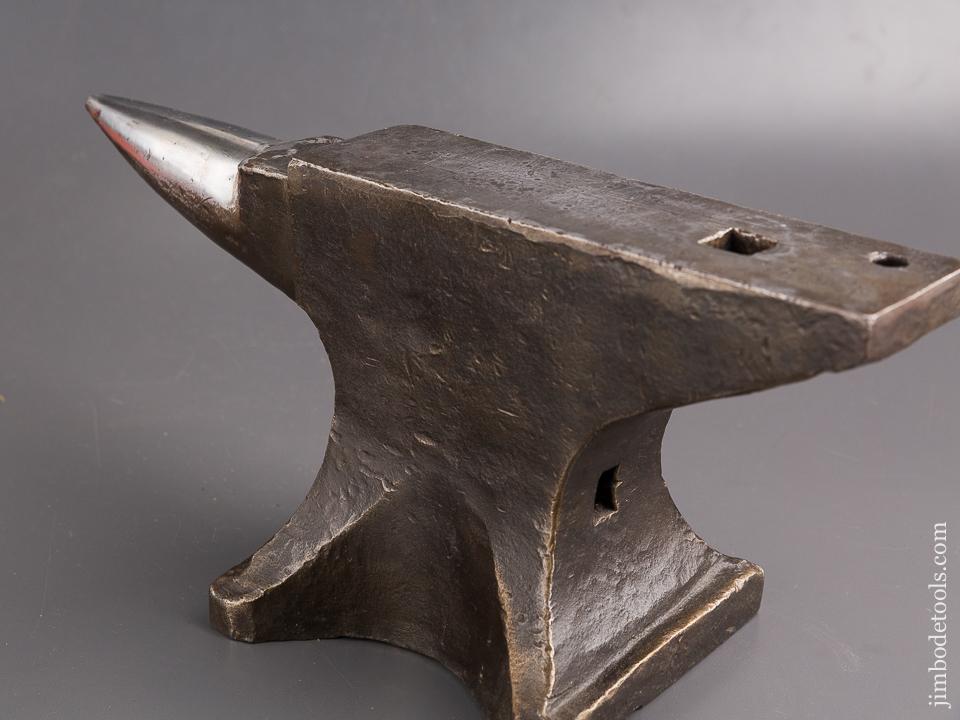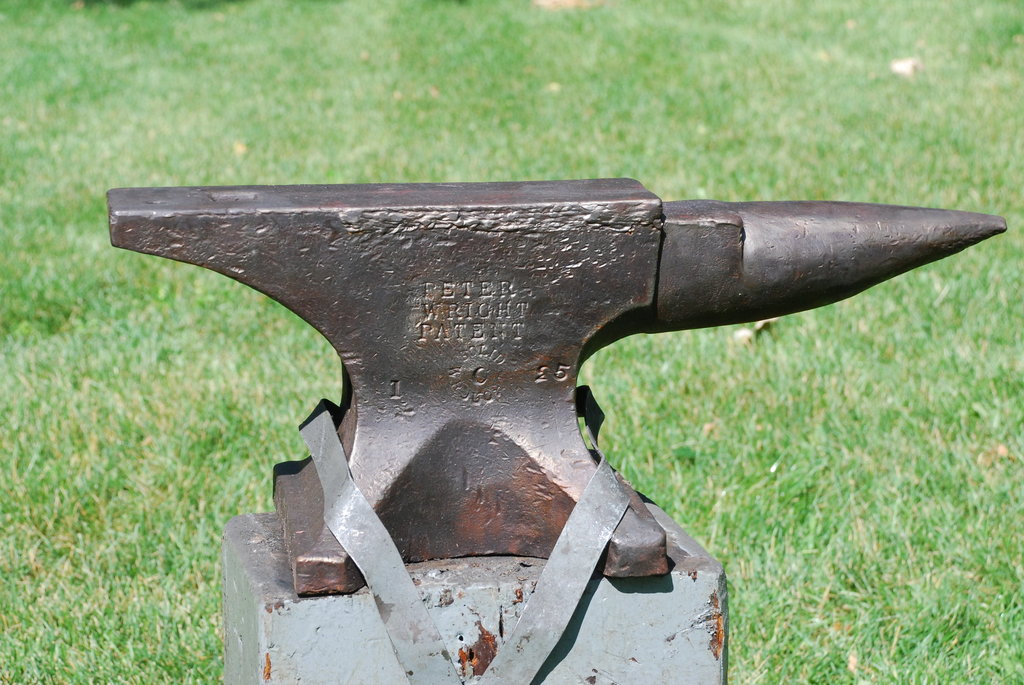


80-85% - High quality wrought anvils - Hay-Budden & Peter Wright (average).85% - Black Granite Surface Plate 8" thick.90% - 70 pound "Smith Steel Casting" farrier's anvil.85-90% - KOHLSWA 325# Swedish Cast Steel Anvil 55-57 HRC.93% - Peddinghaus 165# Forged Steel Anvil.We tested a number of anvils and other items in several shops one weekend and here are the results. On a really hard anvil the ball will bounce about 75-90% of the distance dropped. Obtain a steel ball bearing ball (1/2" (13mm) to 1"(25mm)) in diameter.ĭrop (DO NOT THROW) the ball 10" onto the face of the anvil. This test is NOT the same as striking the anvil.Ī test inspired by Robert Bastow when he commented on anvilfire by saying, "You could bounce a 1" steel ball off the monitor!". WARNING! You should never strike the face of an anvil with a hammer! (It does happen though). With a hard hammer on a really hard (smaller) anvil the rebound may be as much as 1/2! On a cast iron anvil it will bounce about 1/10 the initial distance or less. It should rebound about 1/3 the height dropped, then 1/3 of that and so on. THEN Drop the head and observe how far the hammer rebounds. Use the flat face of the hammers not the peen! Hold a 3lb or less, ball peen or smithing hammer, handle parallel to the face, over the center of the anvil with both hands, the tips of the fingers acting like pivots at the end of the handle the other hand supporting the head. To test an anvil's rebound which is a function of the face hardness:


 0 kommentar(er)
0 kommentar(er)
